Last updated on February 13, 2024
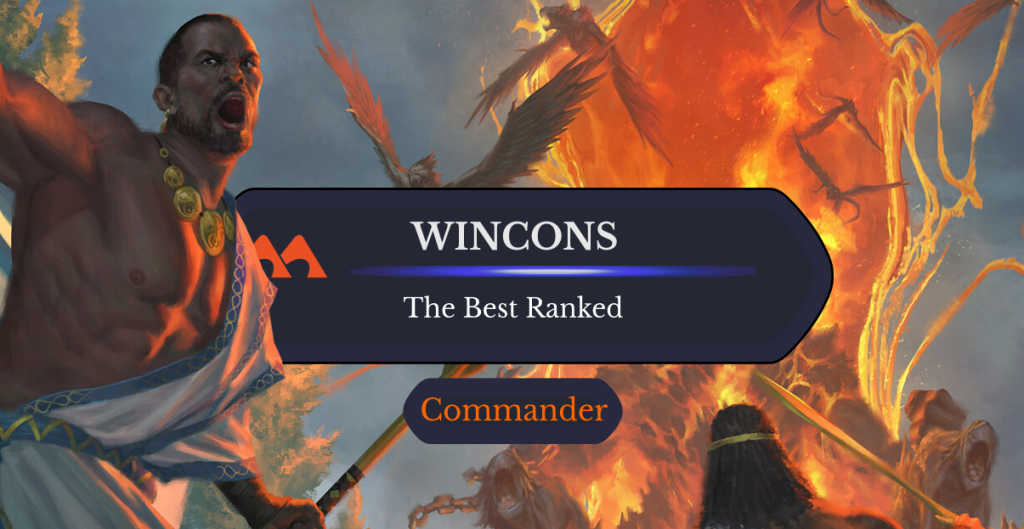
Underworld Breach | Illustration by Lie Setiawan
Commander is without a doubt my favorite and most played format within the game of Magic. It allows me to play with more of my friends at once, come up with unique styles of decks, and put all the cards I have in my collection to use without worrying about legality.
But there’s a sub-format of Commander that I thoroughly enjoy for its gritty and competitive nature, and that format is cEDH. cEDH is the competitive way to play Commander, where everyone’s decks are extremely efficient and powerful. It leads to counterspell wars, forces players to think through the next few turns, and allows you to get that Vintage feel without, well, playing Vintage.
Today I’d like to showcase the format by going over one of the most commonly asked questions regarding cEDH: how to win. cEDH decks have a variety of win conditions available to them, most of which pertain to infinite combos. I’m going to go over just how these combos work, why they’re good, and rank the top seven from worst to best, although even the worst one is still extremely powerful.
Let’s get started!
What Is cEDH?
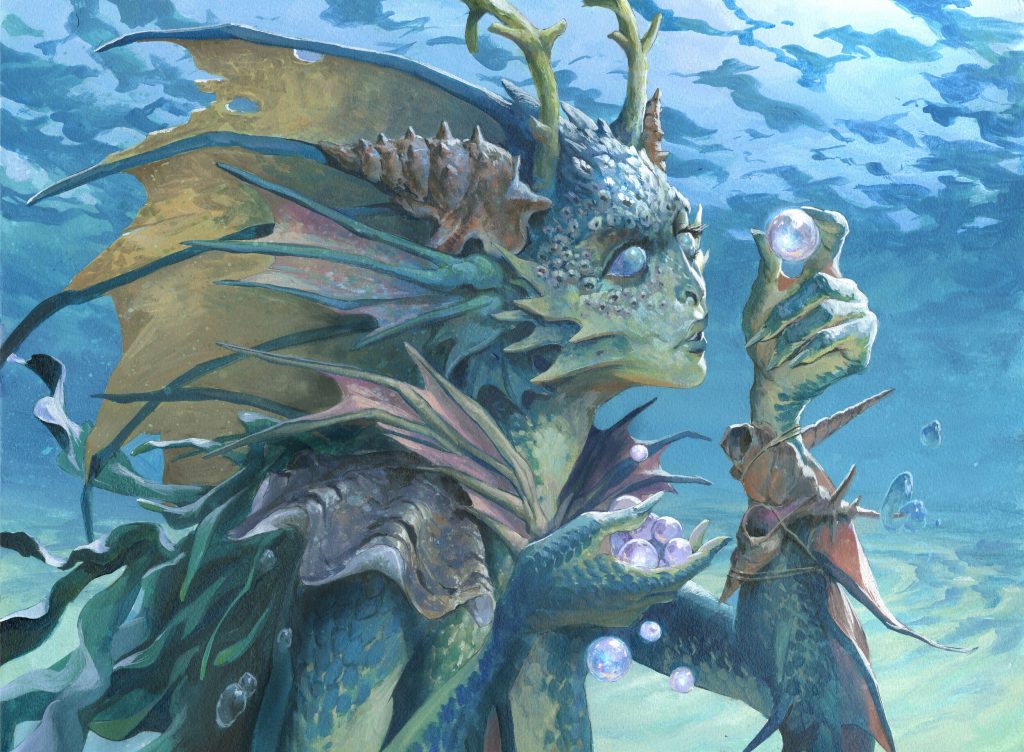
Thassa's Oracle | Illustration by Jesper Ejsing
Competitive Elder Dragon Highlander, or “cEDH,” is a sub-genre of Commander that focuses on tight, competitive decklists that intends to win fast and consistently. The format isn’t casual whatsoever but still seeks to be a fun and grittier alternative to conventional Commander gameplay.
cEDH is filled with combos, hyper-efficient counterspells, and ultra-fast mana acceleration that all contribute to the competitive nature of the game. The format is generally proxy-friendly, meaning players can use markers to replace overly-expensive cards like dual lands, Lion's Eye Diamond, and more. cEDH players are more concerned with having fun in a competitive multiplayer format than having everyone play with official copies of cards.
How do cEDH Decks Win Fast?
It’s no secret that decks in this sub-format are built to win fast, as fast as turn 1 or 2 sometimes. cEDH decks accomplish this by playing the most efficient accelerates and win conditions in all of Magic. Most commonly-included cards are mana rocks that are mana-positive, like Mana Crypt, Grim Monolith, and the legal Moxen like Mox Opal.
These decks also come prepared. They often have free or cheap interaction that secure their wins. Cards like Force of Will, Veil of Summer, and Pyroblast are all staples of cEDH since they have offensive and defensive uses.
Overall, cEDH decks win through combos that can instantly kill all players. Having to deal 120 total life through combat damage is the opposite of fast, which makes 2-card combos like Demonic Consultation and Thassa's Oracle preferable to your average humans or merfolk list.
What’s Considered cEDH?
cEDH isn’t a clearly defined format. It’s a sub-format of a pre-existing format, which means its definition is somewhat subjective. That’s where Rule 0 comes into play, which attempts to help prevent upset players by making it easy for players to evaluate their deck’s power level.
The main difference between high-power Commander and cEDH is the prevalence and presence of infinite combos, hyper-efficient counterspells like Force of Will and Force of Negation, and turbo-decks that can win as soon as turn 1 or 2 with ultra-fast mana from artifacts like Mana Crypt and Mox Opal. But having a single Mana Crypt or Force of Negation doesn’t make your deck cEDH. It’s the combination of all of these factors on top of an already powerful and fast win condition that comes together to make a deck competitive.
It’s ultimately your responsibility to effectively communicate your deck’s power level and do your best to find play groups or pods with similarly matched decks. My suggestion is to find a way to adequately describe your deck’s power level in a sentence or two. Something like, “my deck wins on turn 3 or 4 and has free counterspells and some tutors.”
Why are Tymna and Thrasios So Good?
Unless you’ve been living under a rock you’ve heard of or played against Tymna the Weaver and Thrasios, Triton Hero. They’re a partner commander pair that see incredible play as the most played partners in the game.
The duo have a few things going for them. First are the colors you gain access to. Black and blue provide excellent tutors, card draw, and interaction to help stabilize yourself, win the game, and prevent others from doing so. White offers some more tutors, excellent removal, and protection spells. Green is also there mostly for utility, Veil of Summer, and artifact/enchantment removal.
Second are their abilities. Tymna the Weaver provides lots of card draw with its ability that triggers after combat. The lifegain cost is totally worth it, and you’ll probably break even since it has lifelink. Thrasios, Triton Hero is in a similar situation. It’s an infinite mana outlet that can also be used to dump your mana into when you’re hellbent later on. mana to scry and draw a card is just great in such a big format.
#7. Doomsday Piles

Starting off the list is a semi-relic of the past. Doomsday was once the bane of my playgroup’s existence.
For just this sorcery allows you to create a pile of five cards from your deck, exiling the rest. You can go through the entire stack and play a Thassa's Oracle to win in a single turn with the right cards in your Doomsday pile.
Here’s a basic pile in order from top to bottom:
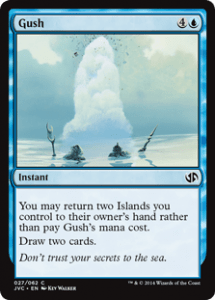
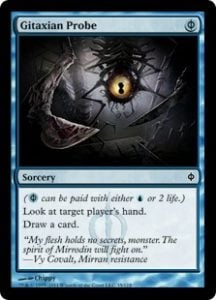
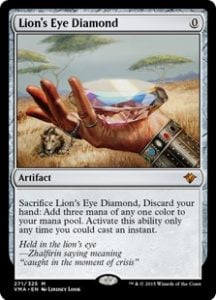


This setup allows you to play Gush for free, drawing through Lion's Eye Diamond. You then play LED and cast Gitaxian Probe. Then activate LED for with Probe on the stack. This allows you to then resolve Yawgmoth's Will which lets you re-cast and crack LED for . Then just re-cast the Probe from the graveyard, drawing and casting Thassa's Oracle for the win.
#6. Birthing Pod Lines

There are a lot of different Birthing Pod lines in Magic, and they’re pretty powerful. Most can pop off with the Pod and one specific mana value creature, which makes the combo easy to assemble and tutor protection for.
But the primary combos win through everyone's favorite goblin shaman, Kiki-Jiki, Mirror Breaker. Felidar Guardian is another great combo piece with Pod as it allows you to sacrifice a 3-mana value creature to tutor it out, only to reanimate that same creature, doubling your creatures in play and giving you a target for Kiki-Jiki.
Here’s a basic combo line that wins:
- Sacrifice a 1-drop to Birthing Pod to tutor out something like Corridor Monitor, untapping the Pod.
- Sacrifice the Monitor for a Renegade Rallier, which lets you return the previously sacrificed Monitor to the battlefield to untap the Pod.
- Sacrifice Rallier to tutor out Felidar Guardian, which in turn blinks the Monitor to untap the Pod.
- Sacrifice Guardian to bring out Kiki-Jiki, Mirror Breaker and start making infinite tokens with haste through the Monitor.
- Attack for infinite damage.
#5. Worldgorger Loops
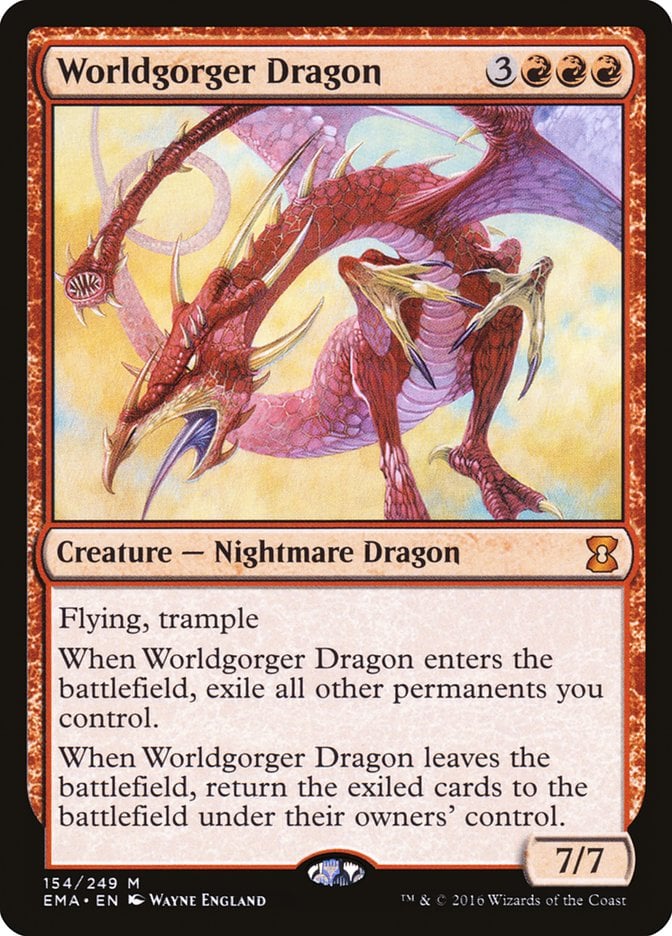
Starting off the top five is Worldgorger Dragon, which has some interesting interactions that make it an incredibly powerful card.
The first and easiest way to combo off and win with the dragon is through Animate Dead or Necromancy, which can generate infinite mana through lands or infinite ETBs with whatever creatures you have in play. It’s pretty ridiculous, and you can get a lot done with it.
But it can be a little clunky, so let me briefly explain it so you can properly execute it when the time comes:
- Have Worldgorger Dragon in your graveyard.
- Cast Animate Dead targeting the dragon.
- Worldgorger enters the battlefield, exiling all your permanents. Here’s when you can tap your lands to float mana.
- Animate leaves the battlefield from Worldgorger’s trigger, killing it.
- Animate re-enters the battlefield through Worldgorger’s LTB ability, which then reanimates the dragon.
- Repeat steps 2 through 5, generating infinite triggers and ETBs until you decide to stop animating Worldgorger. Or win.
#4. Dockside Extortionist Infinite Combos
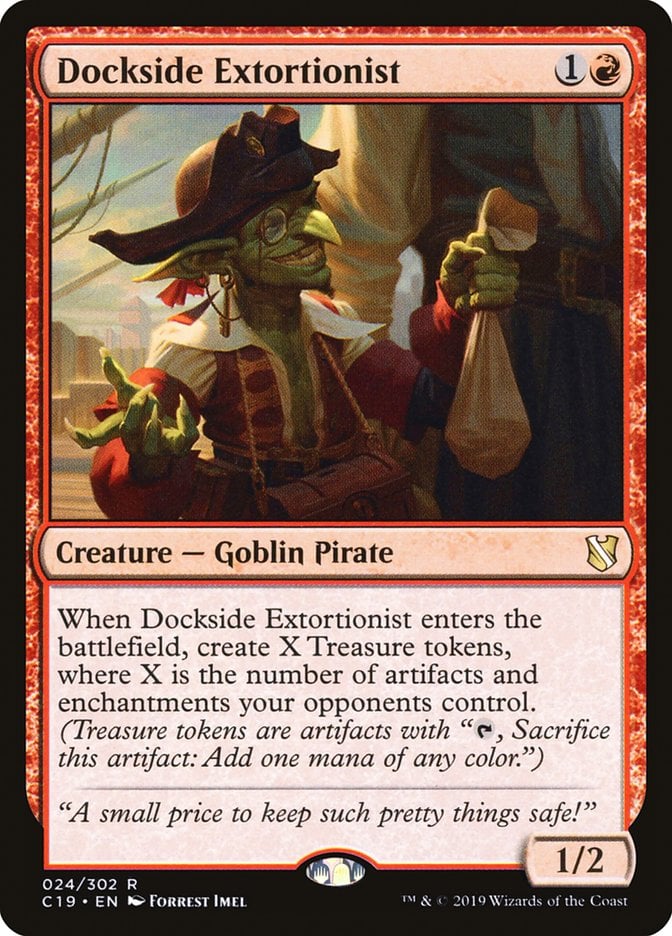
Our grave enemy Dockside Extortionist unfortunately had to be included on today’s list, regardless of how annoying it is to see being played in your pods. It’s just too good in a multiplayer format, infinite mana combos with just one copy of many different cards that often allows you to win through the command zone as early as turn 2 or 3.
Before I get into how to actually win with that infinite mana, here are some of the most common and strongest infinite mana combos to choose from:
Temur Sabertooth and Deadeye Navigator both go infinite as long as there are three or more artifacts or enchantments in play.
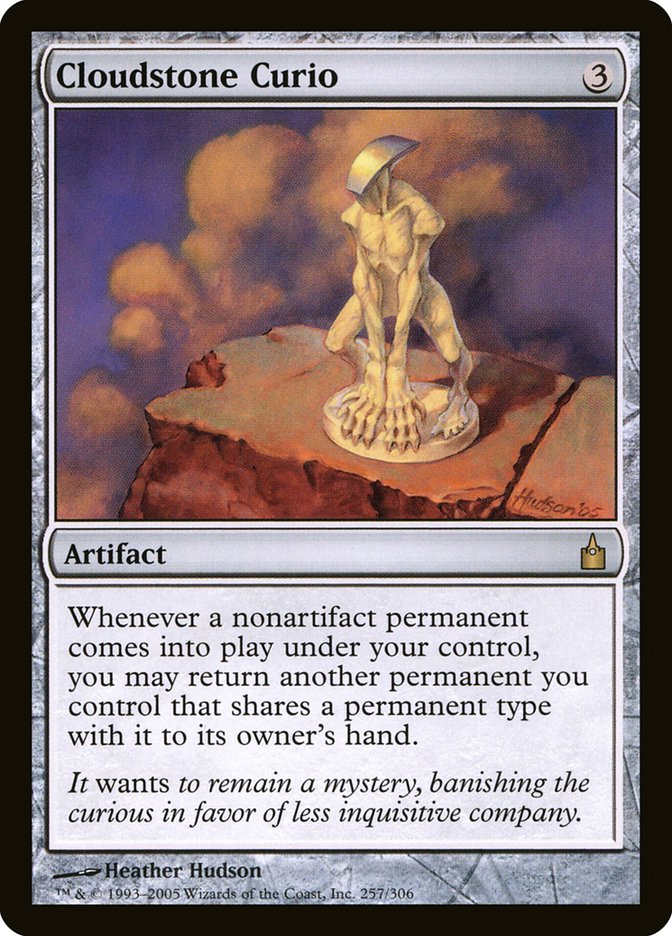
Cloudstone Curio goes infinite with a threshold of three artifacts or enchantments.
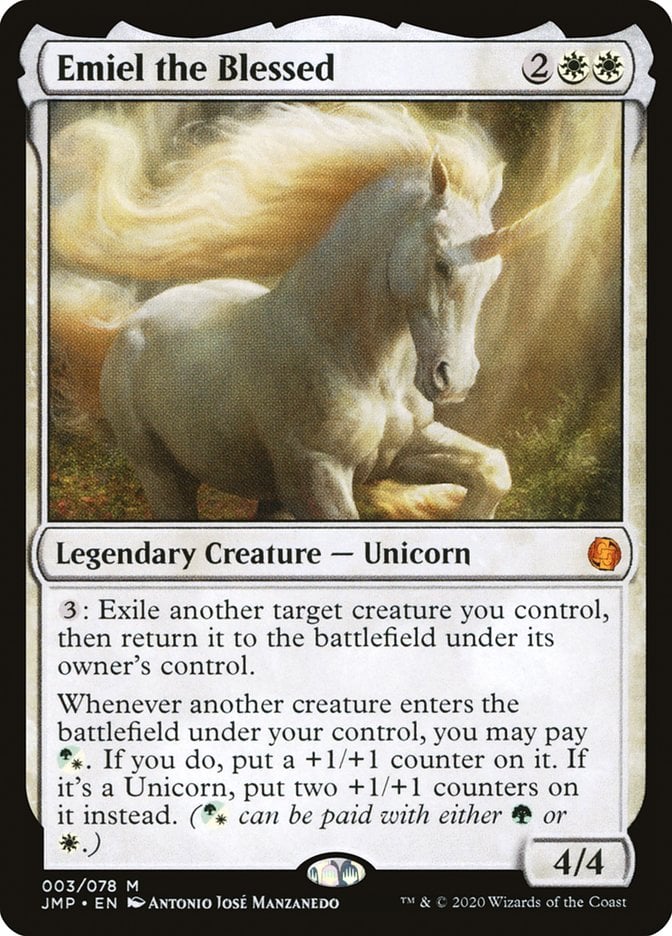
Emiel the Blessed has a slightly higher requirement of four artifacts or enchantments.
As for actually winning, most cEDH commanders are infinite mana outlets that can act as ways to put that mana to use. Thrasios, Triton Hero is a great example of this. It lets you draw through your entire deck, finding whatever actual combos you have to win. The same could be said for Kenrith, the Returned King, Urza, Lord High Artificer, and Tasigur, the Golden Fang.
#3. Protean Hulk

In the #3 spot is combo lines involving Protean Hulk. The Hulk is a 6/6 for seven that has an on-death trigger that lets you tutor creatures from your library directly into play as long as their combined mana value is equal to or less than six. That’s a lot of mana to work with, especially in a Vintage-esque format where you can win off 2- or 3-card combos that are already cheap.
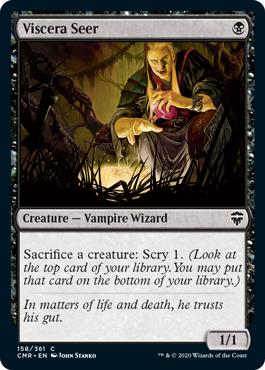
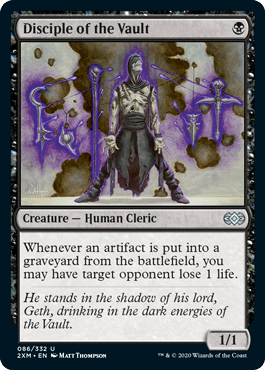
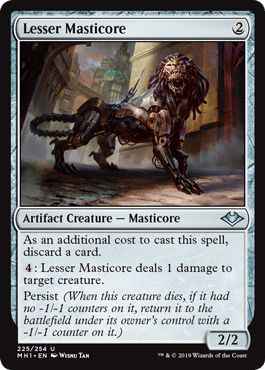
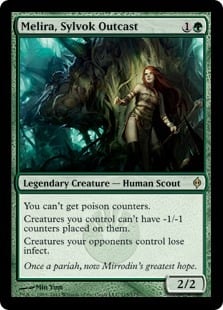
My personal favorite line involves Viscera Seer, Disciple of the Vault, Lesser Masticore, and Melira, Sylvok Outcast. It’s fairly straightforward once you understand it.
- Have Protean Hulk die, allowing you to tutor out the four creatures.
- Sacrifice Lesser Masticore to Viscera Seer. This will trigger the Manticore’s persist ability.
- Have the Masticore return via persist, only to return without a -1/-1 counter thanks to Melira, Sylvok Outcast.
- Repeatedly sacrifice the Masticore to the Seer to kill all of your opponents with the Disciple of the Vault triggers.
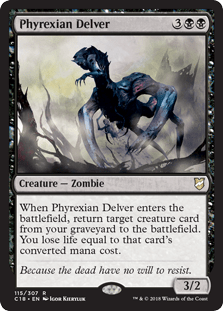

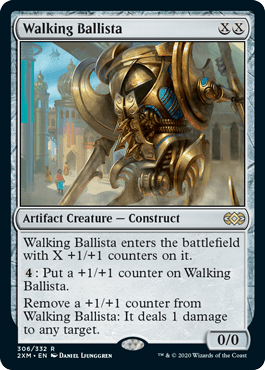
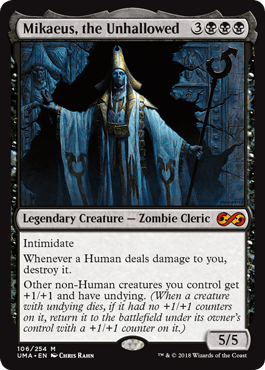
There’s another combo that only requires black and can actually get far more than six mana value worth of creatures in play with Protean Hulk’s ability. Here’s how:
- Have Protean Hulk die, tutoring out Phyrexian Delver and Viscera Seer.
- Reanimate the Hulk with the trigger from Delver entering the battlefield, tutoring out Walking Ballista and Mikaeus, the Unhallowed.
- Sacrifice Ballista to the Seer, having it return with a +1/+1 counter.
- Remove the counter, dealing one damage to an opponent.
- Repeat steps 3 and 4 for infinite damage.
#2. Underworld Breach

In the #2 spot is Underworld Breach and all the messy fun that comes along with it. The main way that it wins games is by playing cards multiple times from the graveyard to generate card advantage.
The most basic line involves Lotus Petal and Brain Freeze, which lets you mill your entire deck and find your win condition. Here’s how the combo works:
- Cast Underworld Breach.
- Cast Lotus Petal, crack it to help pay for a Brain Freeze targeting yourself, milling nine cards.
- Cast Petal twice from the graveyard, paying for its escape cost with the cards milled by Freeze.
- Cast the Freeze on yourself again, milling even more cards.
- Repeat steps 3 and 4 until you have your win condition in the graveyard and can win with escape plus mana outlets like Lion's Eye Diamond.
As for actually winning with this combo you have a few options. Thassa's Oracle is the simplest way since you’ll already be through most of (if not all of) your deck and can win on the spot.
#1. Thoracle and Laboratory Maniac
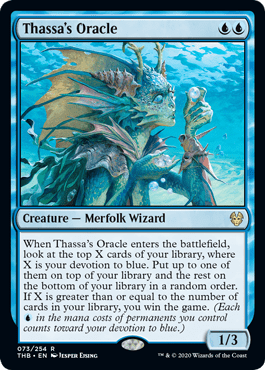
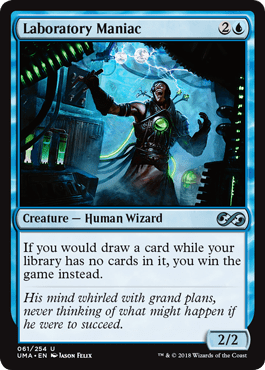
In the #1 spot is everyone’s favorite merfolk creature: Thassa's Oracle. Laboratory Maniac gets lumped in with Thoracle here since they’re practically the same card and both win with infinite card draw.
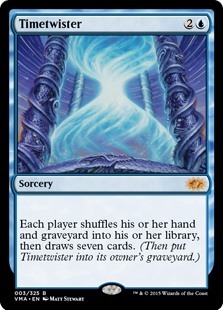
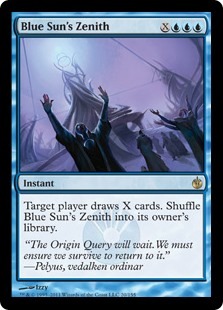
Winning by infinite draw is one of the most versatile and easily accomplished win conditions in cEDH. There are plenty of ways to draw your entire deck, from Timetwister combos to just having infinite mana and an outlet like Blue Sun's Zenith.
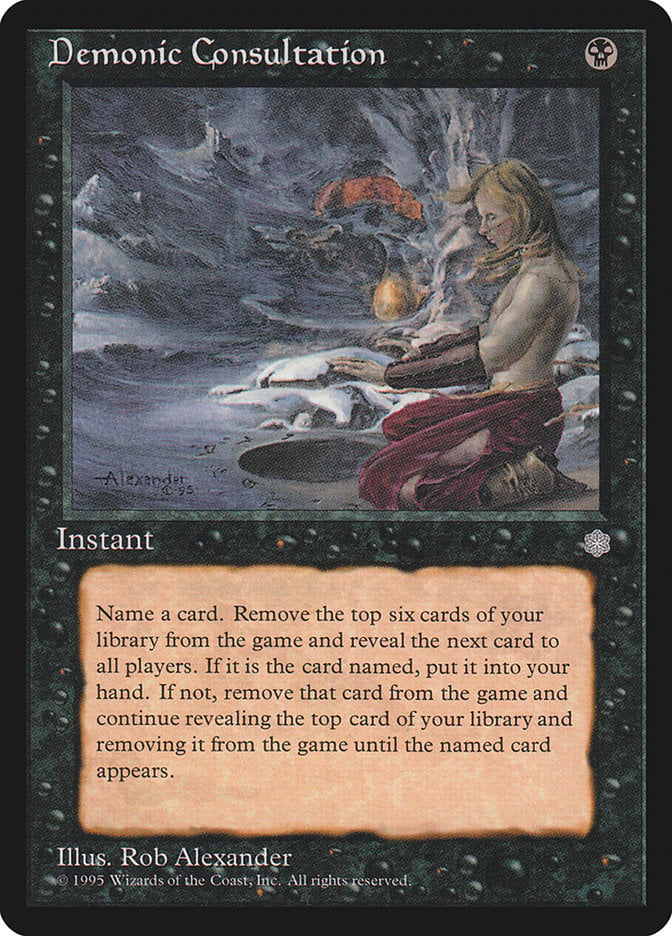
There’s also a nice 2-card win with Thassa's Oracle and Demonic Consultation. Consultation mills your entire deck as long as you name a card that isn’t in there. Then you just resolve your Thoracle and win on the spot, as early as turn 1 or 2! But it’s kind of boring and most games you win with this line will just instantly restart hoping for a better match. That’s cEDH for you!
Commanding Conclusion
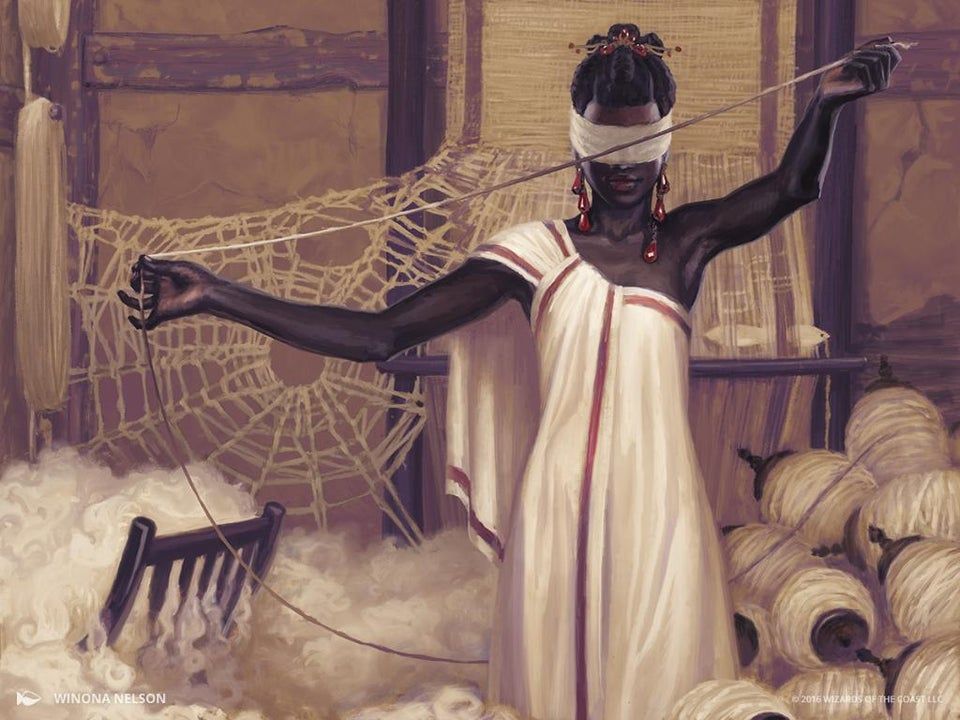
Tymna the Weaver | Illustration by Winona Nelson
That concludes everything I have for you today! This was super fun to research on my end and was a great way to touch up on how my opponents might be executing their wins.
What do you think of cEDH as a format? Are you like me and find it right up your alley, or do you find it to be too repetitive with too high a barrier to entry? Let me know down in the comments or talk about it in the official Draftsim Discord.
Until next time, stay safe and stay healthy!
Follow Draftsim for awesome articles and set updates: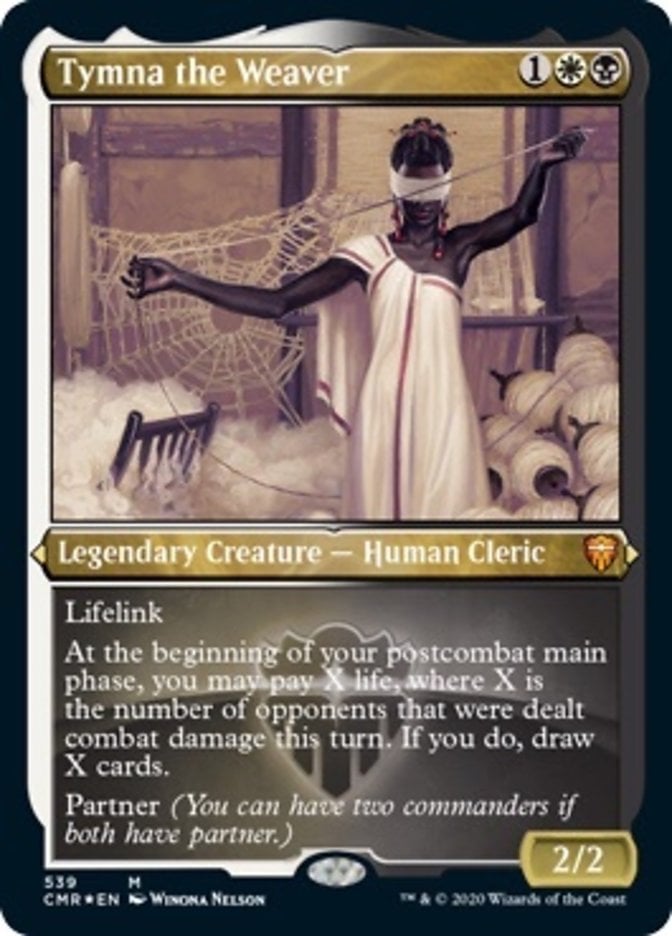

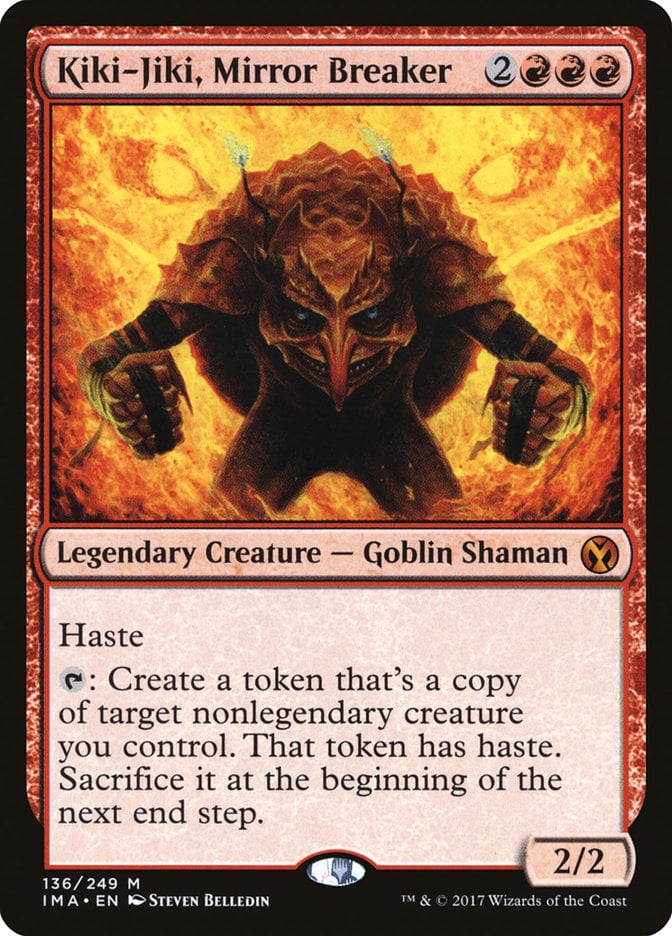

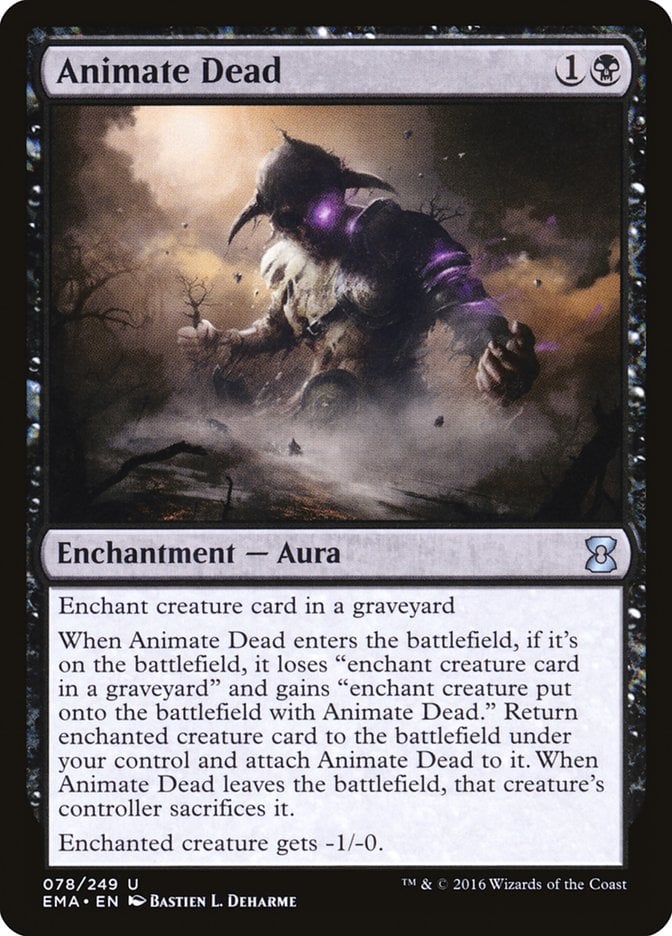
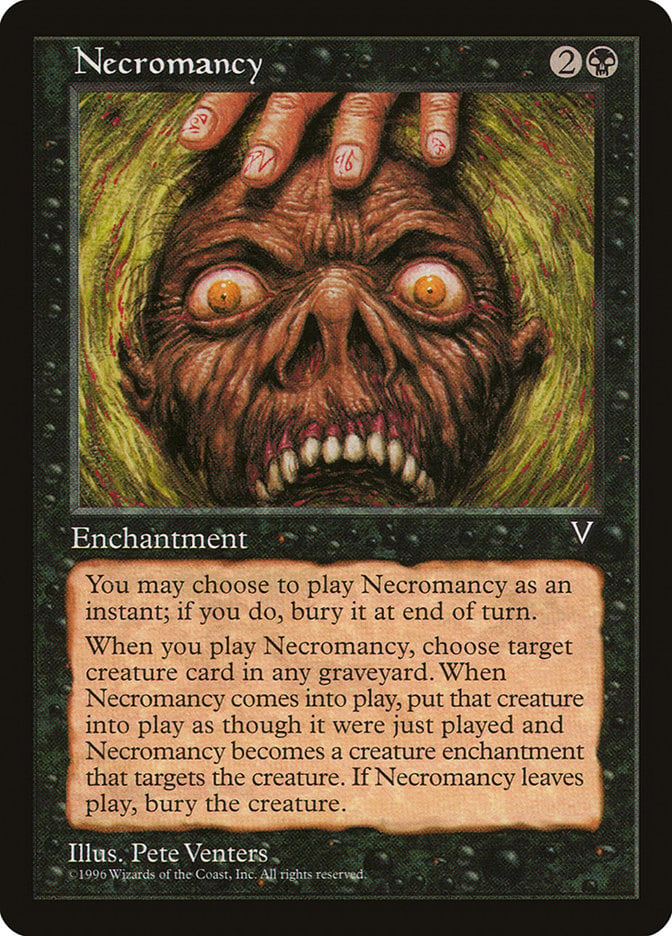
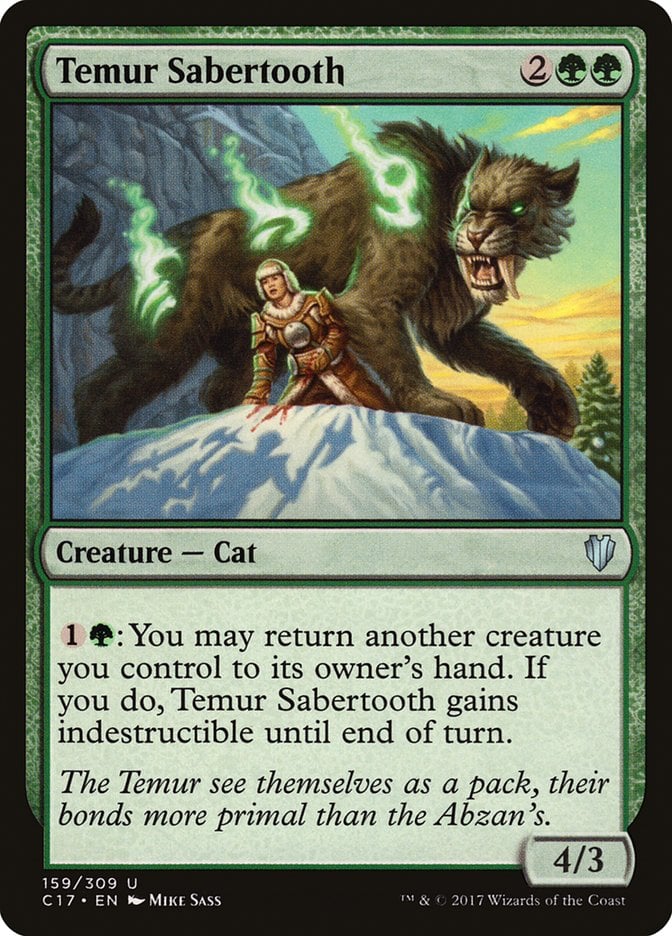
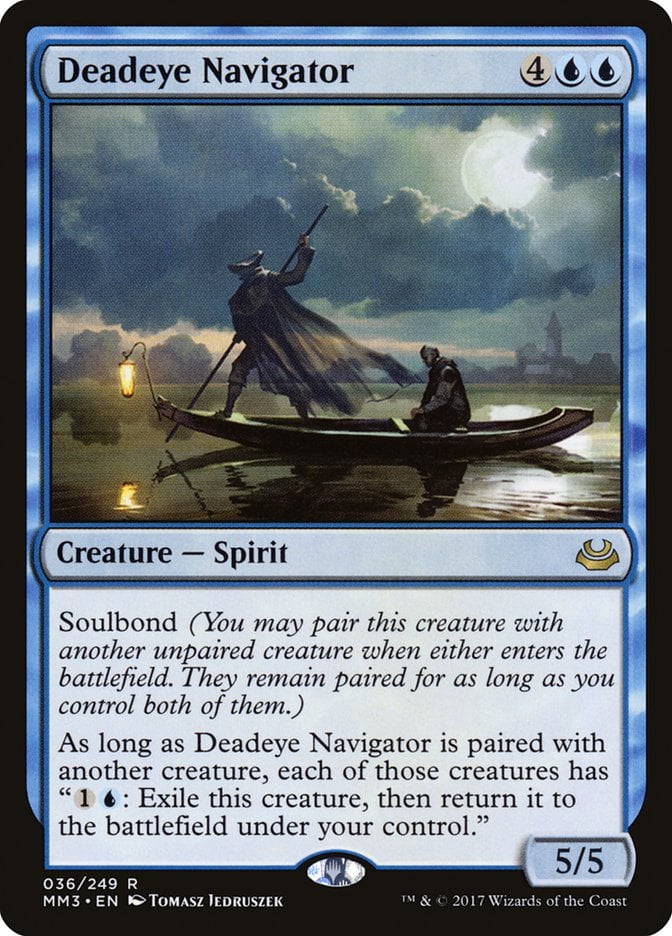
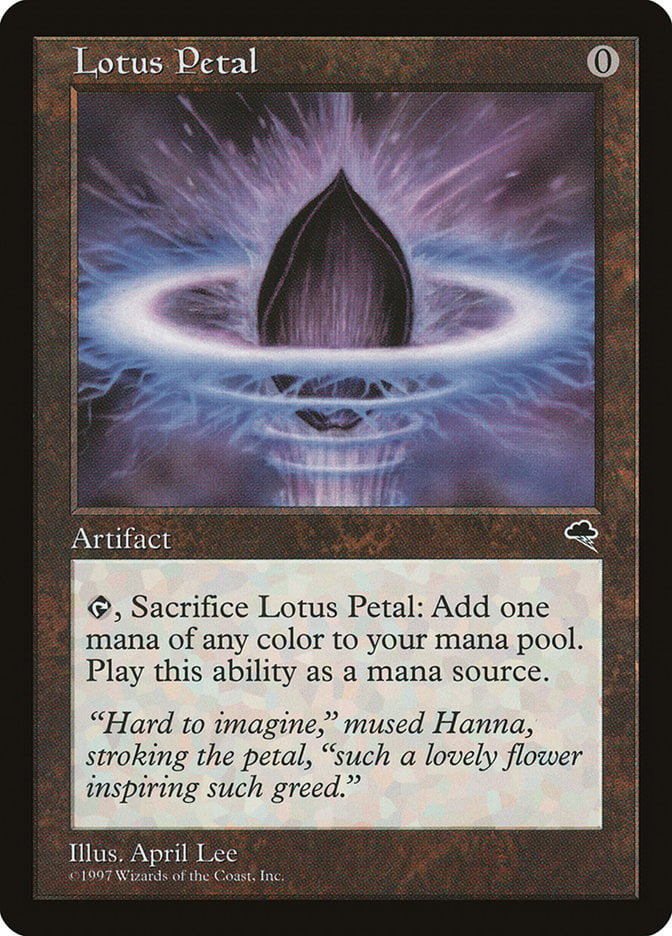
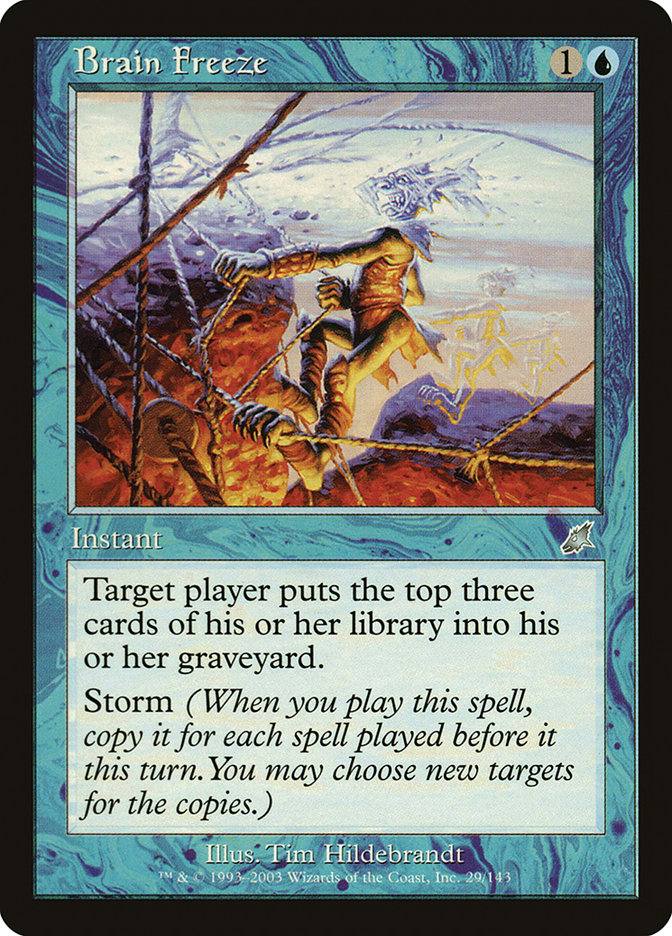
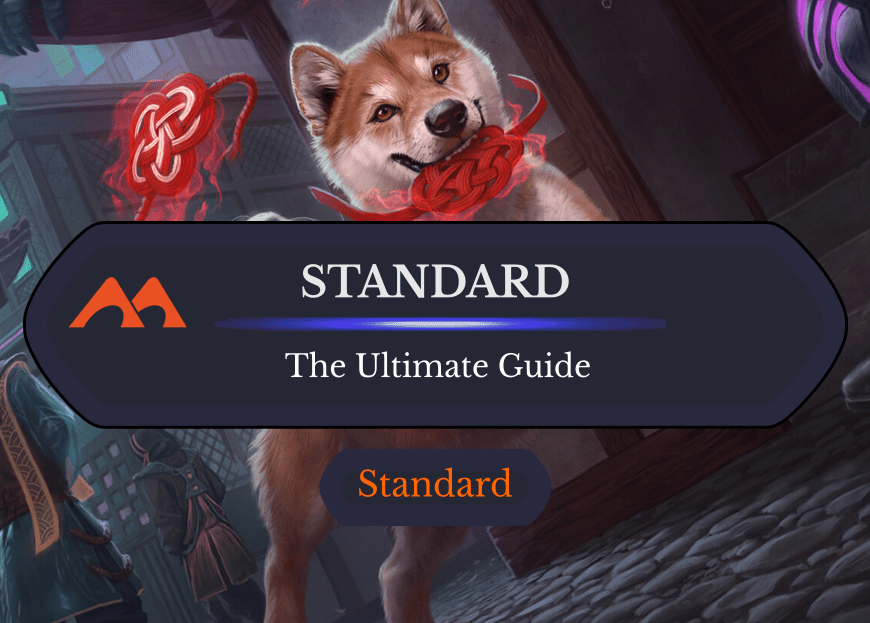
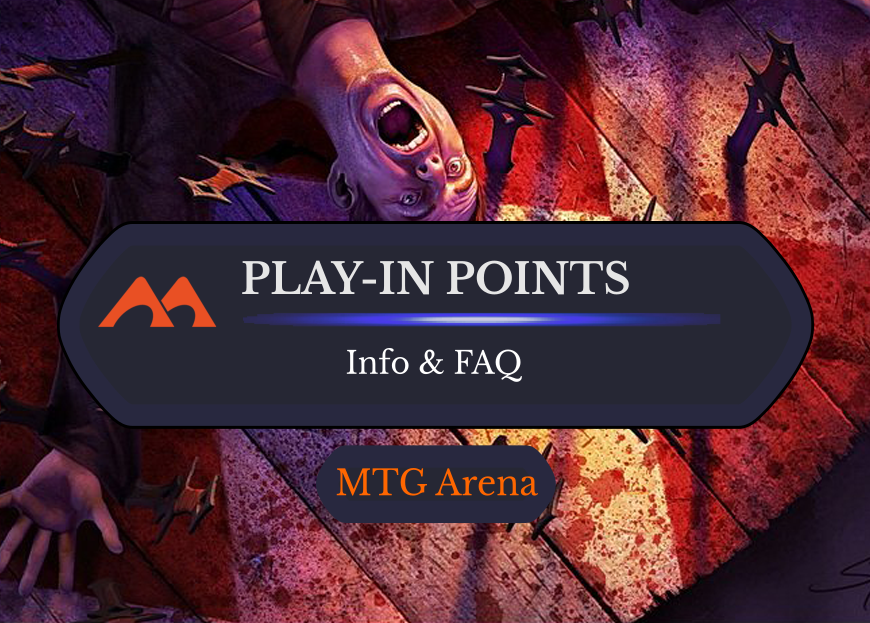
Add Comment